Knowledge Hub
Breathing Air Requirements In Hazardous Environments
Offshore oil and natural gas rigs are hazardous working environments where breathing air quality and their provisions are often critical. There are a variety of common hazardous gases present, with one of the most common being Hydrogen Sulphide (H2S).
Hydrogen sulfide is a toxic, flammable and corrosive gas often encountered during hydrocarbon exploration and production. It is a byproduct of the decay of protein-containing substances, created by the bacterial reduction of sulfates in sedimentary rocks. Hydrogen sulfide may also be observed in previously uncontaminated reservoirs where sulfate-reducing bacteria was introduced.
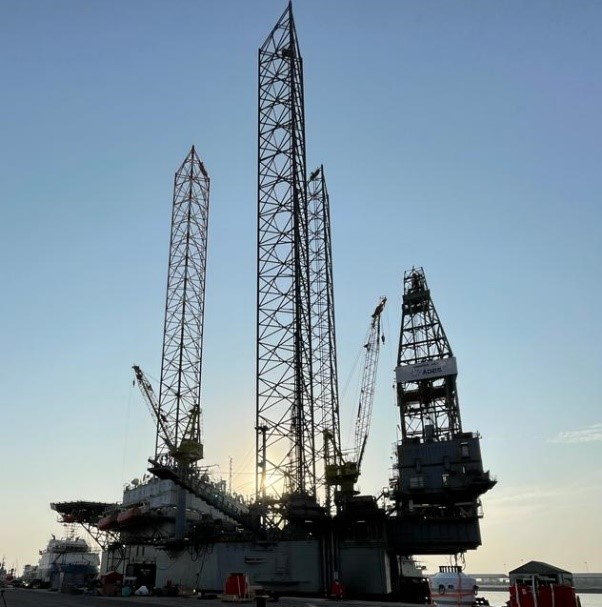
H2S is extremely toxic to humans at even minute concentrations. At higher concentrations, it is flammable and corrosive to metals. A surface breakout of this gas, if not responded to and controlled immediately, can result in fire, explosions, as well as injuries and/or fatalities.
To ensure the safety of personnel working in these potentially hazardous environments, it is essential to have a suitable breathing air system that can rescue workers from areas with an unsafe level of H2S gas.
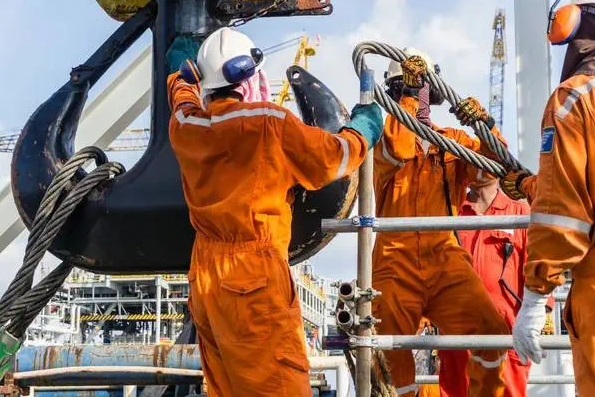
With typically 100 to 200 workers onboard an oil rig, their safety from these toxic gases is of paramount importance. The recommended limit of H2S exposure during an 8-hour workday within a 40-hour work week is only 10 ppm (parts per million). H2S should be anticipated in all areas of the rig where drilling fluid & associated equipment are present. This includes the rig floor, substructure, shale shakers, mud cleaners, mud pit room, mud pump room, and well test equipment.
With typically 100 to 200 workers onboard an oil rig, their safety from these toxic gases is of paramount importance. The recommended limit of H2S exposure during an 8-hour workday within a 40-hour work week is only 10 ppm (parts per million). H2S should be anticipated in all areas of the rig where drilling fluid & associated equipment are present. This includes the rig floor, substructure, shale shakers, mud cleaners, mud pit room, mud pump room, and well test equipment.
When the level of this gas present increases, H2S sensors worn by every worker and found around the entire rig will indicate that atmosphere supplying respirators, also known as Respiratory Protective Equipment (RPE), should be worn.
RPE minimizes exposure when working with hazardous substances, such as gases, sprays, fumes, solvents, or dusts. The RPE found on an offshore drilling rig focuses on filtering H2S and SO2 (Sulphur Dioxide), and is comprised of a work/escape airline breathing air system and 30-minute Self-Contained Breathing Apparatus (SCBA) units for emergency response and rescue personnel.
The figure below illustrates a typical airline breathing air system.
Workers are provided with separate SCBA cylinders when in a work area. During a H2S emergency, they use these compressed breathing air cylinders for up to 15 minutes of clean air. Additionally, they can also breathe from a manifold that is connected to cascade systems filled by Breathing Air cylinder racks.
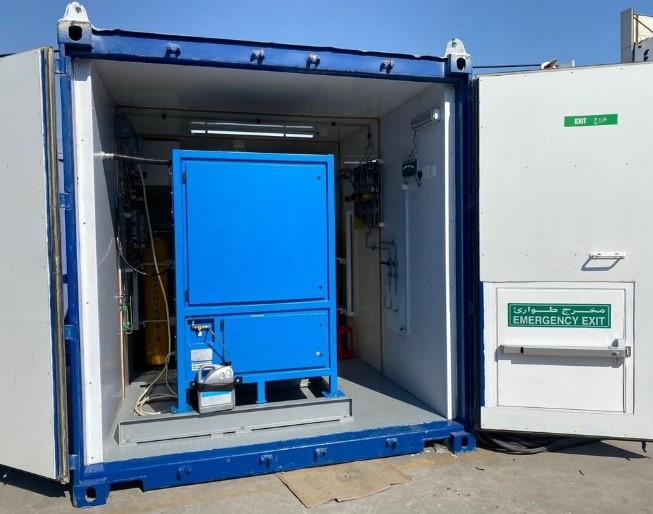
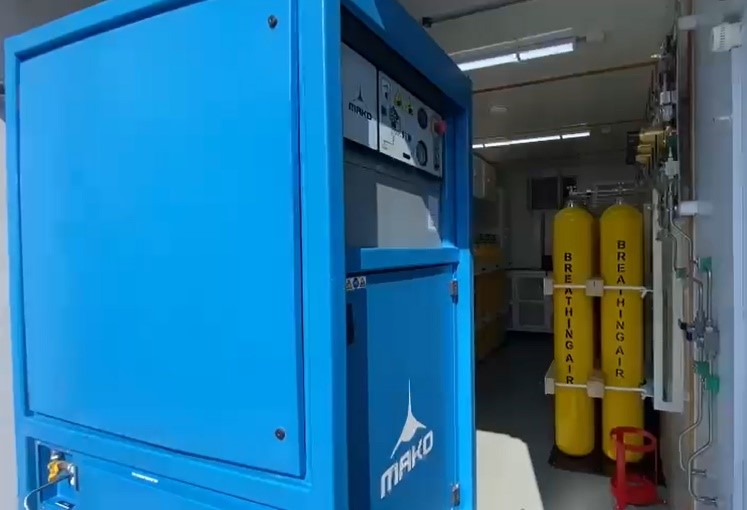
The cascade systems are designed based on the number of people onboard and are replenished with clean CGA Grade D quality breathing air as soon as the air begins being consumed.
(between 200 to 300 barg). The stored air capacity of the cylinder bank should be adequate to support work crews for a period of at least two hours without recharging. The high pressure air in the cylinder bank is regulated down to 7 to 8 barg and distributed to low-pressure breathing air manifolds that workers can plug in at their own location.
These manifolds are commonly located on the rig floor, as well as at the drilling wellhead, crane operator cabs, shale shaker area, mud pit and mud pump rooms, emergency control switchboard, and at muster stations.
The pressure within face pieces is maintained at a slight positive pressure to prevent ingress of contaminated air through the seals. Lifeboats are also outfitted with airline manifolds. During extremely harsh weather conditions, employees will disconnect from the air manifold and breathe through their supplied air respirators with an escape bottle, allowing them to safely abandon the rig if necessary.
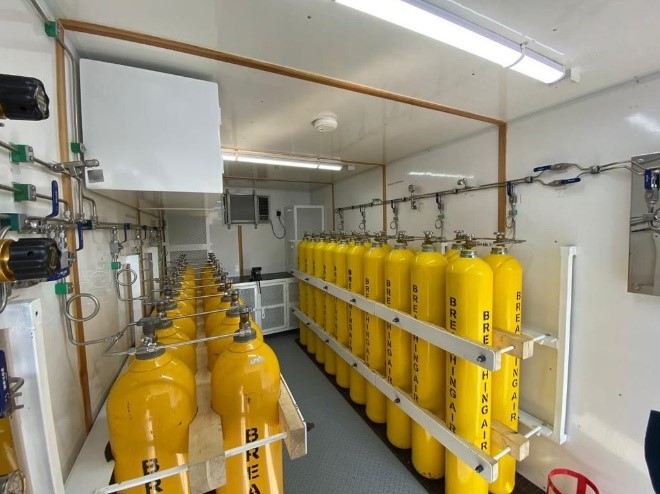
Breathing Air forms an important safety requirement for all offshore and onshore oil rigs, often being delivered by high pressure reciprocating compressors that are highly efficient in compressing gas. Typically, these compressors are either 3 or 4 stage units that can compress air from atmospheric pressure (0 barg) up to 250 to 400 barg.
The speed and power of the compressor determines the charging rate and the time it takes to replenish a cylinder. Selecting a suitable compressor for an oil rig breathing air application is critical to the safety of the personnel on the rig and, in turn, the efficiency of the production process.
References: ‘How to ensure H2S safety on offshore rigs – Drilling Contractor’ (2011). Check the resource here How to ensure H2S safety on offshore rigs.
